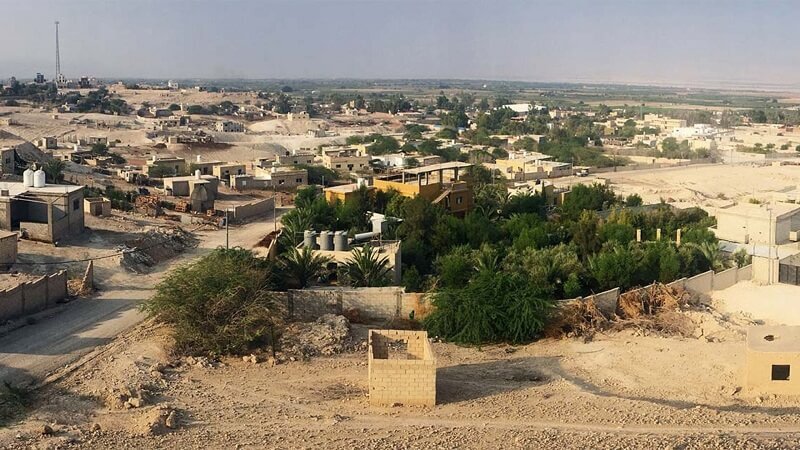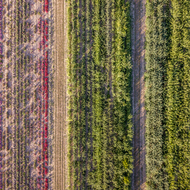
In the heart of Jordan's Dead Sea Valley, a remarkable environmental endeavor took root in the early 2000s. Geoff Lawton, a pioneer in permaculture, led the Greening the Desert Project.
The ideal location for this venture was Al Jawfa, Jordan. The land in this area was arid and received little rainfall. This was causing drought conditions and locals were having a hard time growing food and supporting their livestock. Their goal was to turn a harsh, lifeless desert into a flourishing oasis.
The Essence of the Greening the Desert Project
The Greening the Desert Project follows the ideas of permaculture, which is a philosophy that aims to copy natural patterns and processes. In this dry and thirsty place with very little rain, permaculture is very important. It includes different plans and techniques to help manage water and promote sustainable farming. Permaculture is all about revitalizing the soil and ecosystem, giving life back to land that has lost resources and energy.
Earthworks and Swales: Capturing Life-Giving Rainfall
Central to the project's success are the ingenious structures known as earthworks and swales. Earthworks, essentially large artificial banks of earth, are carefully placed to capture the small amounts of rainfall that grace the region. These mounds of earth prevent precious water from escaping as runoff and instead direct it towards the land's thirsty soil.
Swales, on the other hand, serve as welcoming oases for plant life. These gentle depressions in the terrain act as both shade providers and water retainers. By protecting rainwater, they create ideal circumstances for its absorption into the soil, providing nourishment to plant roots.
The Greening the Desert Project uses careful engineering to make the most of each raindrop. This is important because it helps to support life in dry areas.
Enhancing Soil Fertility through Mulching
Aside from collecting and overseeing rainfall, the project prioritizes the well-being of the soil. Here, mulching plays a pivotal role. Mulching involves the application of organic materials, such as leaves, straw, or compost, to the soil surface. This organic layer helps stop water from evaporating, so the soil stays moist for plants.
Moreover, mulch gradually breaks down over time, enriching the soil with essential nutrients. This organic infusion enhances soil fertility, making it an ideal medium for plant growth in an otherwise challenging environment. The synergy between earthworks, swales, and mulching exemplifies the project's commitment to sustainable land regeneration.
The Significance of the Greening the Desert Project
The Greening the Desert Project carries immense weight on the global stage. In places where desertification has caused plants to die and turn into a desert, this initiative gives us hope. By restoring vegetation and halting soil erosion, the project actively counters the relentless march of desertification.
This project demonstrates that regions with scarce water resources can still achieve sustainable agriculture. It showcases that even in areas where conventional farming practices falter, innovative techniques can yield high outcomes.
Beyond ecological restoration, the Greening the Desert Project plays a pivotal role in uplifting local communities. Through education and hands-on training, it equips individuals with the knowledge and skills needed to cultivate and sustain their land. This empowerment leads to self-sufficiency, food security, fosters economic resilience, and strengthens community bonds.
In an era defined by the intensifying impacts of climate change, this project serves as a model of resilience. This demonstrates how communities can adapt to a changing climate, emphasizing the crucial importance of sustainable practices for a sustainable future.
A Beacon of Hope in Arid Lands
The Greening the Desert Project is a great example of how humans can use innovative ways to bring life back to our environment. This amazing project uses permaculture and sustainable farming to bring hope to dry regions. It also reminds us that we depend on the environment, and it depends on us too.

Photos Courtesy of The Greening the Desert Project
...


